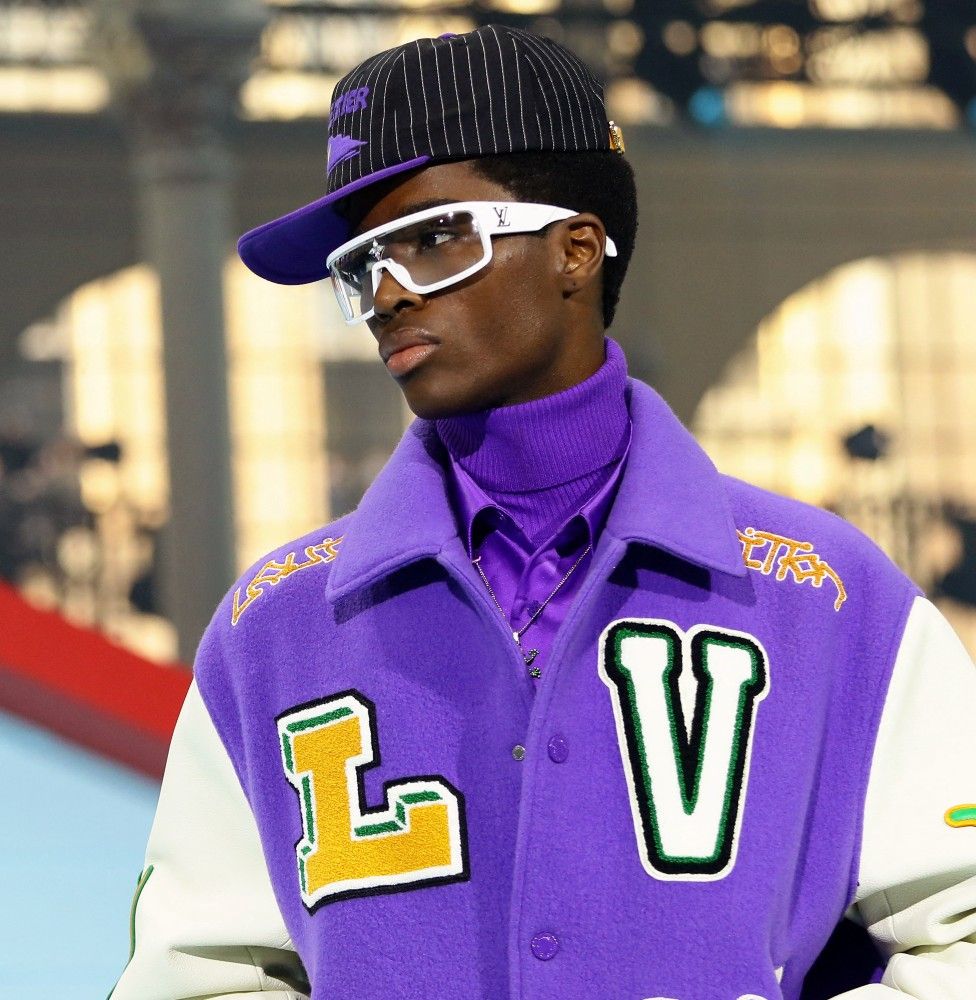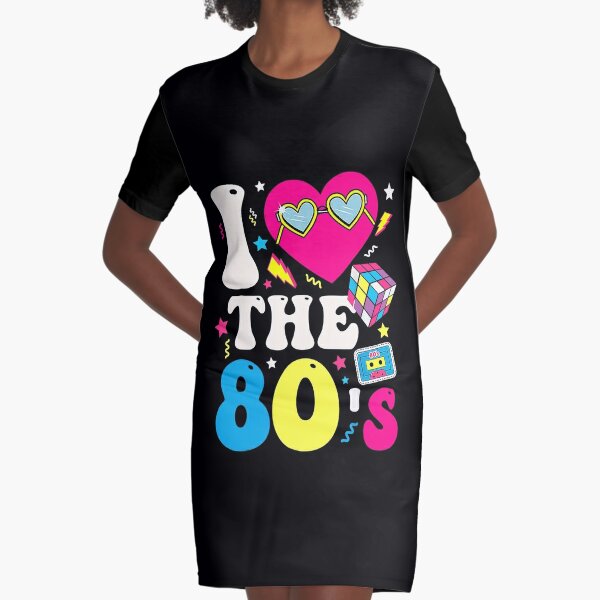
Germany has a rich and storied art history that has shaped and influenced the world of art for centuries. Its artists are well-known for creating some the most significant artwork in the globe and helping to define what constitutes contemporary art.
German Art History: Beginning of the 20th Century
Between 1900 and 1945, the nation went through many technological and cultural changes as well as two world wars. German artists were in turmoil and began to adapt their art styles as the circumstances changed.
Modern German Art: 1910-1945
German Expressionism is a major art movement that originated in Germany. German Expressionism is known for its unique use of color, shapes, and techniques to create art. This style has been greatly appreciated and is still a part of the international art community.
Gerhard Richter, an artist, was a pivotal member of this movement. He is well-known for his multifaceted artwork, which includes sculptures and paintings. He is also known for his figurative work that has been heavily inspired by many different art movements.

Many German artists joined the protest art movement during this time. This type of art was meant to raise awareness about social issues within the country.
Die Brucke was another group of artists who were part of the movement. Although they used many different media to produce their work, there was one common thread: the desire to build a bridge between nature and man.
They wanted to be free from the social norms of that time and paint a more organic, natural form of art that was true to themselves. They also used bold brush strokes to create rich color combinations in order attract the viewers' eye.
This was not all. Many of these artists were able also to paint different scenes that included people, animals, and other types. These artists were able create some of their most stunning and original pieces.
German Modernism: 1920-1933
Germany was in turmoil during this time. Many German artists began to pay more attention to the political aspect of society. The Nazis were in power during this time and so a lot of German artists decided to start protesting and showing their feelings about what was happening in the country at that time.

There were a lot of different art movements that were in this time and it was hard to tell the difference between them. Some of the most notable artists from this time were Georg Baselitz, Andreas Gursky, and Oskar Schlemmer.
George Grosz, an American artist, captured some of the worst aspects Germany's society at that time. He created a series images that showed the corruption and wealth that were common in Germany. These images were meant to mock the human condition. He also showed several images that focused on the effect of World War I and Germans.
FAQ
What are the seven types of fashion?
The seven types include casual wear to formal wear, business wear, casual wear, sports wear and party wear.
Formal wear includes suits, dresses for weddings and parties, and evening gowns. T-shirts, jeans and shorts are all acceptable casual wear. Swimwear, running gear, swimming wear and training clothes all qualify as sportswear. Ties, jackets and coats are all part of business wear. Party wear includes evening gowns, cocktail dresses, bridesmaids dresses, and prom dresses. Tuxedos as well ballgowns and wedding gowns are examples of wedding wear. Menswear, womenswear and childrenswear are all suitable for special occasions.
What is the difference?
Both men and women like to look stylish. Both are concerned about their appearance. Women are more likely to look better than men. But, women can dress better than men.
Women care more about being feminine. Women are more interested in making themselves look attractive.
Men are more attracted to looking masculine. Stronger men are more attracted to masculinity.
Do I need to pay attention to fashion trends?
It's not necessary to keep up with fashion trends. Fashion trends are constantly changing. These trends are not a set pattern so don't feel forced to follow them.
You must dress comfortably. So you can stand out from the crowd.
How can I make my own clothing?
Sewing is essential if you are interested in creating your own clothing. There are many tutorials that can help you learn how to sew.
To make simple clothes like T-shirts and shorts, you don't need to be a skilled sewer.
You can attach zippers and buttons with fabric glue, instead of sewing.
Statistics
- Finally, Express carries petite sizes, which, according to the retailer, are meant for women 5'4″ and under. (collegefashion.net)
- The middle 50 percent earned between $42,150 and $87,120. (en.wikipedia.org)
- GIVE 20% OFF, GET 20% OFF. (asos.com)
- For her AW15 menswear show, according to Water, "where models with severely bruised faces channeled eco-warriors on a mission to save the planet." (en.wikipedia.org)
- Another ethical fashion company, [43] Consumption as a share of gross domestic product in China has fallen for six decades, from 76 percent in 1952 to 28 percent in 2011. (en.wikipedia.org)
External Links
How To
How to Style Clothes
How to style clothes This is the best way to style clothes. Wear what you love, even if it's not trendy. Fashion changes every day. Do not try to imitate someone else's style. Instead, take inspiration from others and create your own style.
When styling yourself, the most important thing is to keep it simple and easy. You want to look good so don't spend too much time trying to find the right fit. Instead, pick out whatever looks good on you, whether a shirt, pants, jacket, skirt, etc. and put it together into one outfit. You don't need to have many pieces, as long as you're coordinating them well. Mixing patterns and colors can make outfits look great together.
Accessory can make any outfit complete. Accessories are usually small items, such as scarves, hats, watches, rings, necklaces, earrings, bracelets, and purses. These accessories can give your outfit some personality and help make it stand out. When shopping for accessories, think about what colors complement your clothing and which ones contrast with it. You might match a scarf with blue jeans with red shoes.